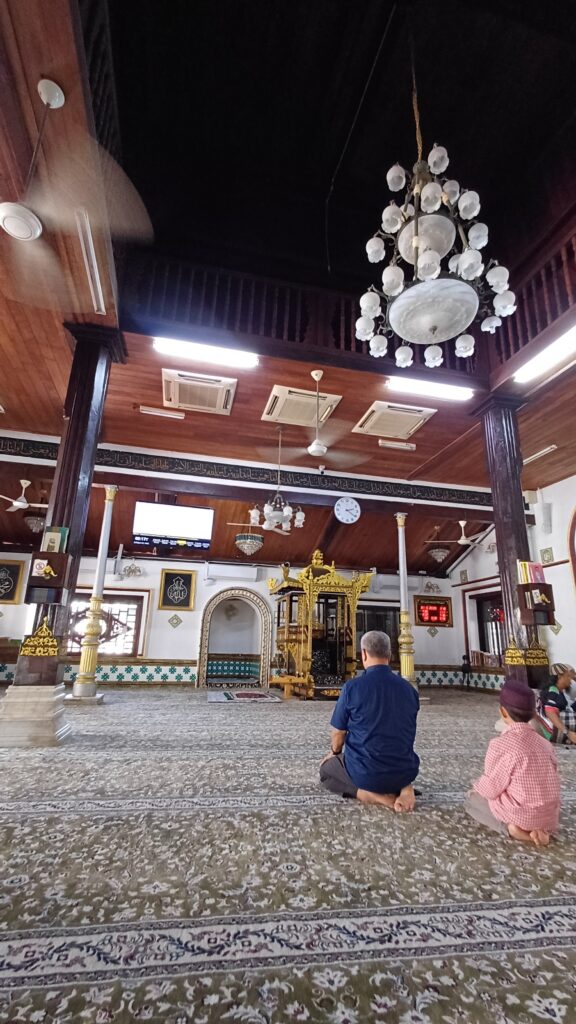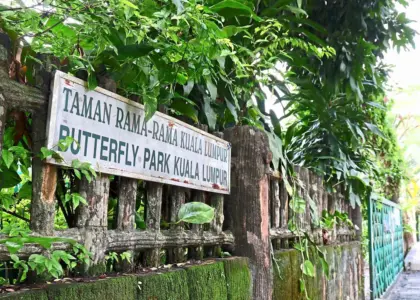A Timeless Testament to Cultural Fusion
Masjid Tengkera, or the Tranquerah Mosque, is a remarkable historical landmark in Melaka, celebrated as one of Malaysia’s oldest surviving mosques. Believed to have been founded around 1728 during the Dutch colonial era, it holds the distinction of having once served as the official State Mosque of Melaka before the modern Masjid Al Azim was built.
What truly sets Masjid Tengkera apart is its distinct and captivating architecture, a living embodiment of the cultural convergence that defined old Melaka. Unlike the typical modern mosque dome, it features a striking three-tiered pyramidal roof, a design style strongly influenced by Javanese architectural tradition. This roof is supported internally by the traditional empat tiang agung (four great pillars).
Adding to its uniqueness, the mosque replaces the conventional minaret with a distinct pagoda-like tower, reflecting a harmonious blend of Malay, Chinese, and Indonesian artistic elements. The use of timber, a prominent verandah (serambi), and intricate ornamentation showcases the early Malay vernacular style beautifully fused with foreign influences brought by traders.
The mosque’s historical significance is further cemented by the fact that the tomb of Sultan Hussein Shah of Johor, the sultan who ceded Singapore to the British, lies within its grounds. Masjid Tengkera is more than just a place of worship; it is a precious architectural and cultural artifact that tells the story of Islam’s spread and the rich multicultural heritage of Melaka.








